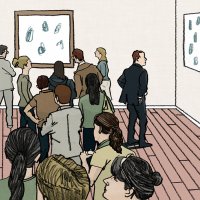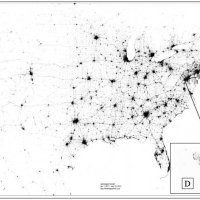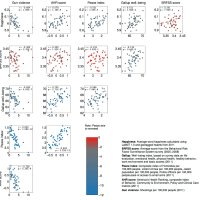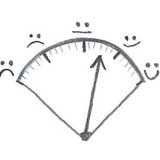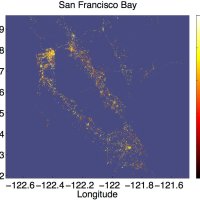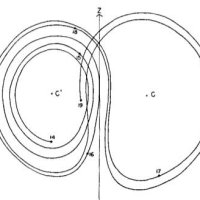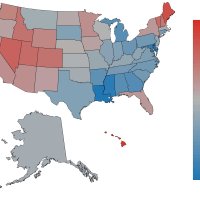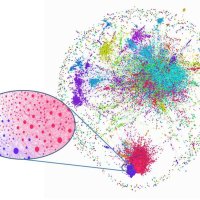How our storytelling nature means we deeply misunderstand the mechanics of fame (and much else…)
Should the Mona Lisa be our most famous painting? Was Harry Potter destined to (repeatedly) sweep the globe? What would happen to everyone and everything famous if we ran the experiment that is our world over again? Find out why fame is truly unpredictable, how it lives and dies entirely in our social stories, and why “... there is no such thing as fate, only the story of …


